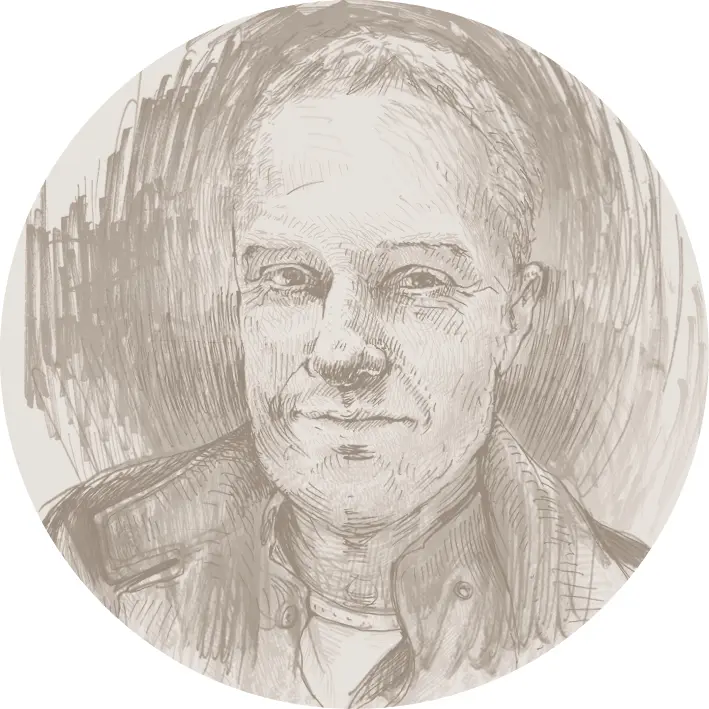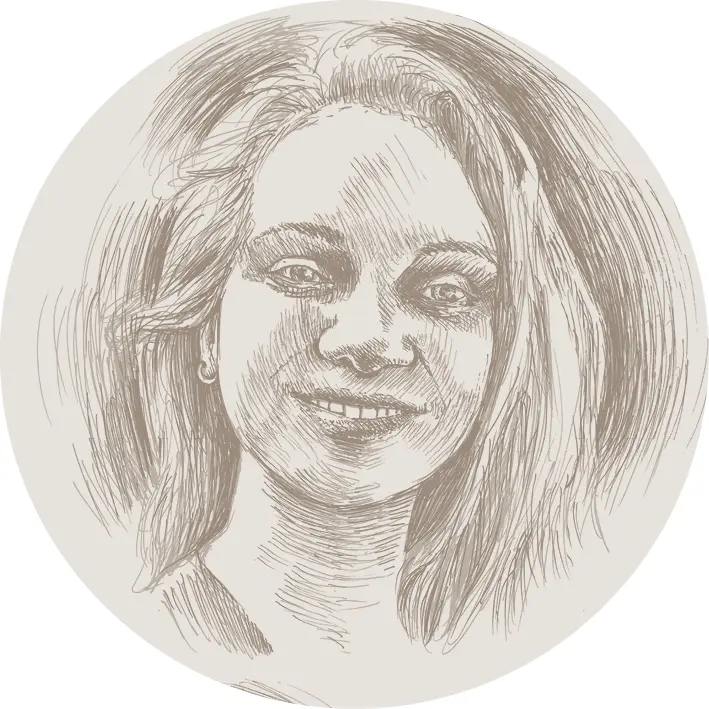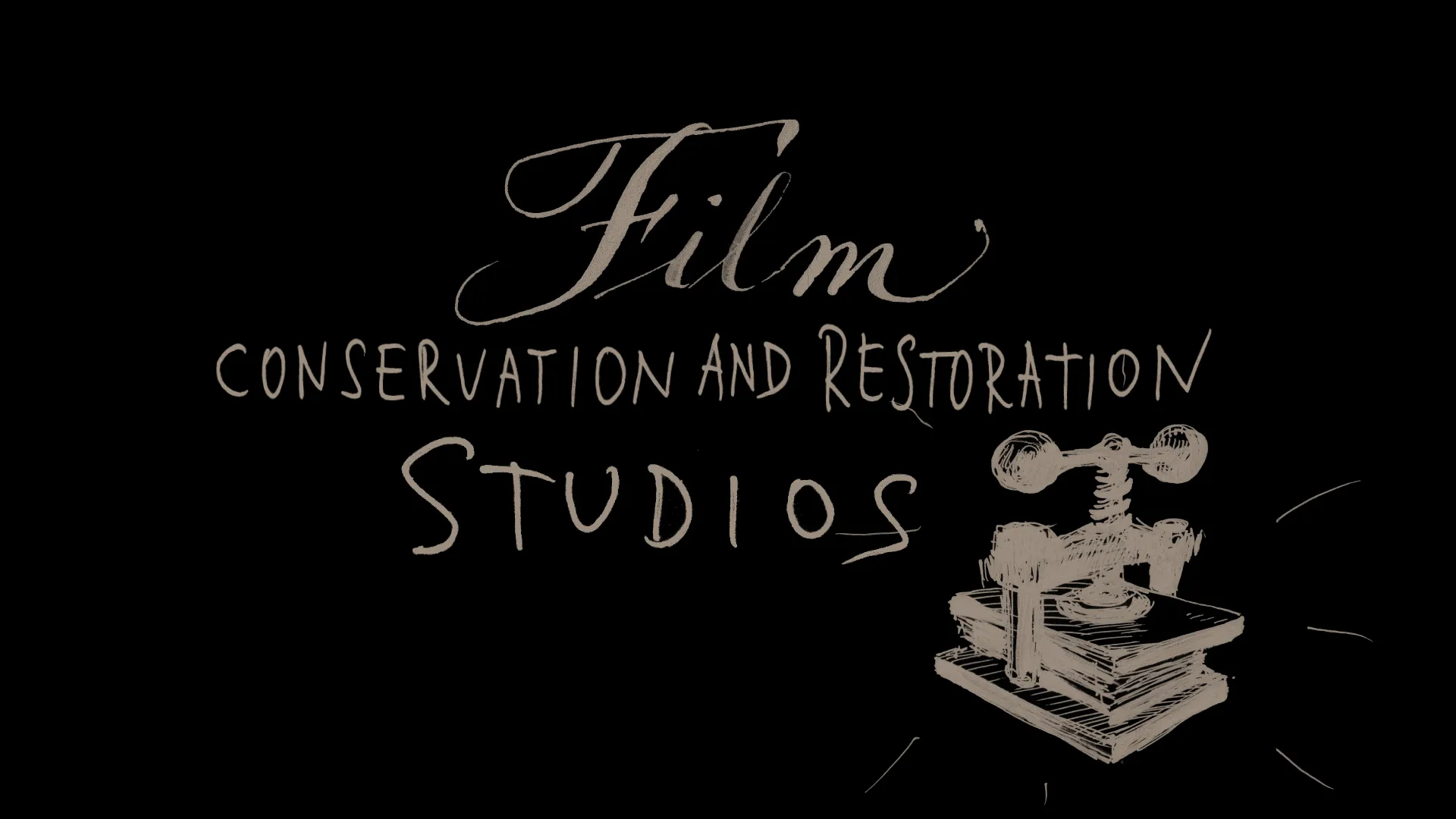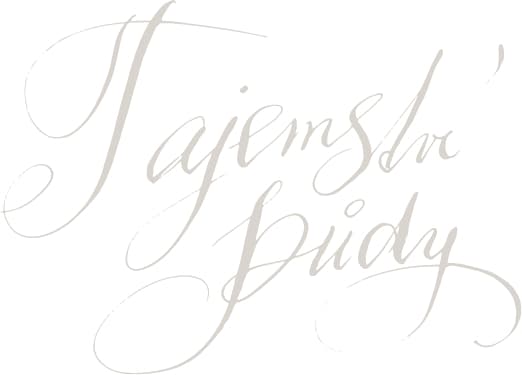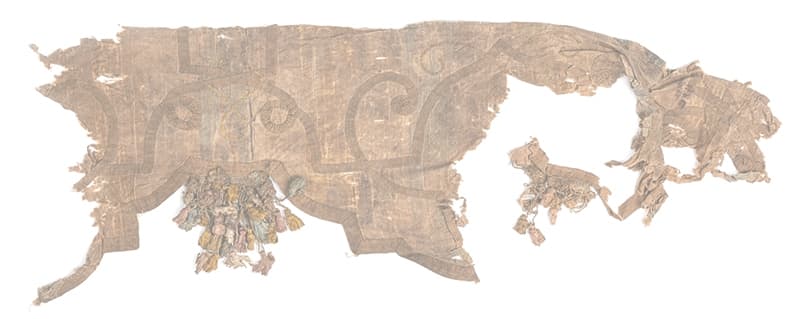
The EEA and Norway Grants represent the contribution of Iceland, Liechtenstein and Norway to reducing economic and social disparities in the European Economic Area (EEA) and to strengthening bilateral relations with 15 EU countries in Central, Eastern and Southern Europe. Their strong emphasis on sharing and exchanging experiences between donors and grant recipients is an important aspect that distinguishes these grants from EU funds.
Since 2004, the EEA and Norway Grants have supported over a thousand interesting projects in the Czech Republic worth more than EUR 255 million (approx. CZK 6 billion). Currently, the Czech Republic is the fifth largest beneficiary, after Poland, Romania, Hungary, and Bulgaria.
On 4 September 2017, a memorandum of understanding for the current, third programming period of the EEA and Norway Grants was signed at the St. Agnes Convent in Prague. The Czech Republic is to receive EUR 184.5 million (approx. CZK 5 billion) in this period. This support will be provided mainly to projects focusing on science and research, environmental protection, cultural heritage, and co-operation in culture, public health, education and justice. There is a strong focus on human rights, Roma inclusion, and the development of civil society. The new period also involves great opportunities for bilateral projects and activities.
The main co-ordinator of the EEA and Norway Grants in the Czech Republic is the Czech Ministry of Finance, which oversees most of the programmes in co-operation with the relevant ministries and institutions. The Secretariat of the EEA and Norway Grants for all beneficiary countries is the Financial Mechanisms Office in Brussels.
The Secrets in the Attic project of the Jewish Museum in Prague was supported by Iceland, Liechtenstein and Norway through the EEA Grants 2014–2021. In total, the Jewish Museum in Prague received grant funding of EUR 0,7 million (CZK 16,808,175) for the project, which is approximately 90% of the total eligible project expenditure (EUR 0,8 million / CZK 18,774,834).


In the 1990s, the Jewish Museum in Prague carried out genizah research in buildings owned by the Federation of Jewish Communities in the Czech Republic and its member organizations. In total, museum staff surveyed thirteen sites and obtained over 3,000 finds, the oldest dating from the 16th century, the most recent from the 19th century. Some of these finds have already been made available to the public, but most are still awaiting processing.

Genizah is a Hebrew term for the requirement to set aside Jewish ritual objects that no longer serve their purpose but cannot be destroyed for religious reasons. This is done out of respect for the name of God, which often appears in Hebrew scrolls and books. As part of the Secrets in the Attic project, we examine and highlight the form taken by the custom of genizah in the Jewish communities of Bohemia and Moravia.
Phylacteries, Torah scrolls, amulets and various personal effects, even including shoes – all of these items were discovered by museum staff in the attics of synagogues in Bohemia and Moravia over the last few decades. The Jewish Museum in Prague is now showcasing this unique collection of 1,650 newly conserved objects as part of a project entitled Secrets in the Attic: Genizah Findings from Bohemian and Moravian Synagogues. In addition to holding thematic exhibitions directly in the regions where the objects were discovered, we are also acquainting the public with genizah material through this website, as well as via an online collection catalogue, Facebook and historypin.
Three other institutions are involved in the project, which is aimed at providing access to the cultural heritage of the Jewish community: namely, the Chrudim Regional Museum, the Museum of West Bohemia in Pilsen, and the Oslo-based Center for Studies of the Holocaust and Religious Minorities. In addition to research activities, the latter institution also focuses on education about the Holocaust, genocide, antisemitism and extremism.
The Secrets in the Attic exhibition is being put together in co-operation with other Czech museums: namely, the Chrudim Regional Museum with focus on genizah finds from Eastern Bohemia (7 April – 30 June 2022), and the Museum of West Bohemia in Pilsen with focus on finds from Western Bohemia (4 April – 25 June 2023). An extensive Czech-English catalogue has been published for the exhibition. This is available at the museum’s e-shop at www.jewishmuseum.cz/e-shop/publikace/tajemstvi-pudy. The project also includes specialist workshops. At the first such workshop, conservator-restorers and non-professionals alike familiarized themselves with suitable ways of approaching finds of a similar nature. The valuable experience gained from the Norwegian partner – the Oslo-based Center for Studies of the Holocaust and Religious Minorities – have been useful for preparing instructional seminars and educational materials, as well as for a workshop that familiarized memory institution staff with the topic of the genizah and its pedagogical potential.
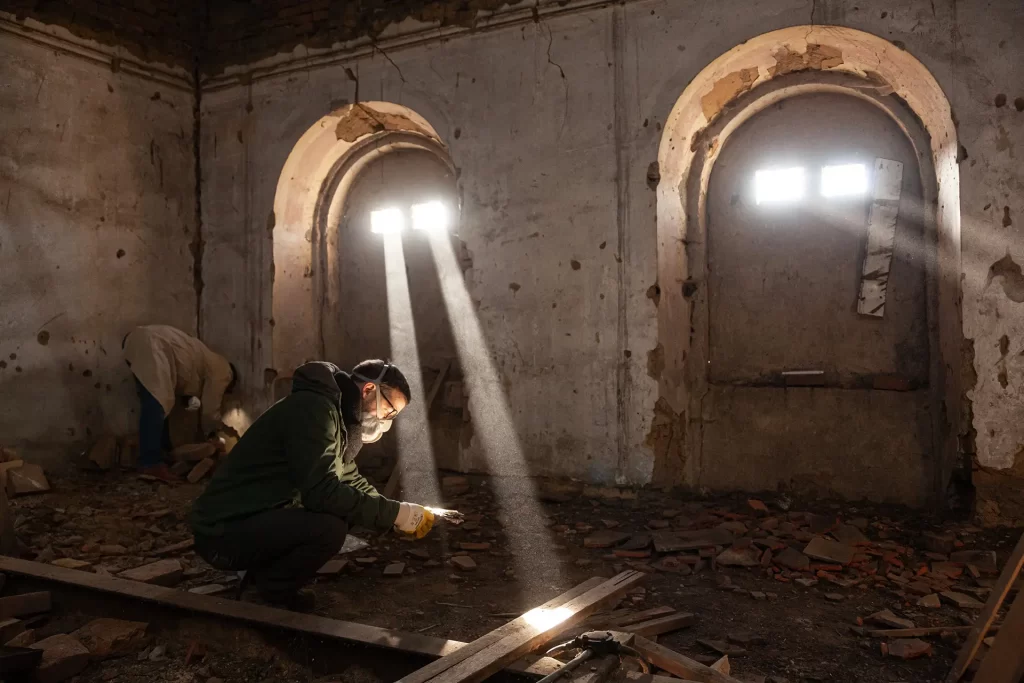
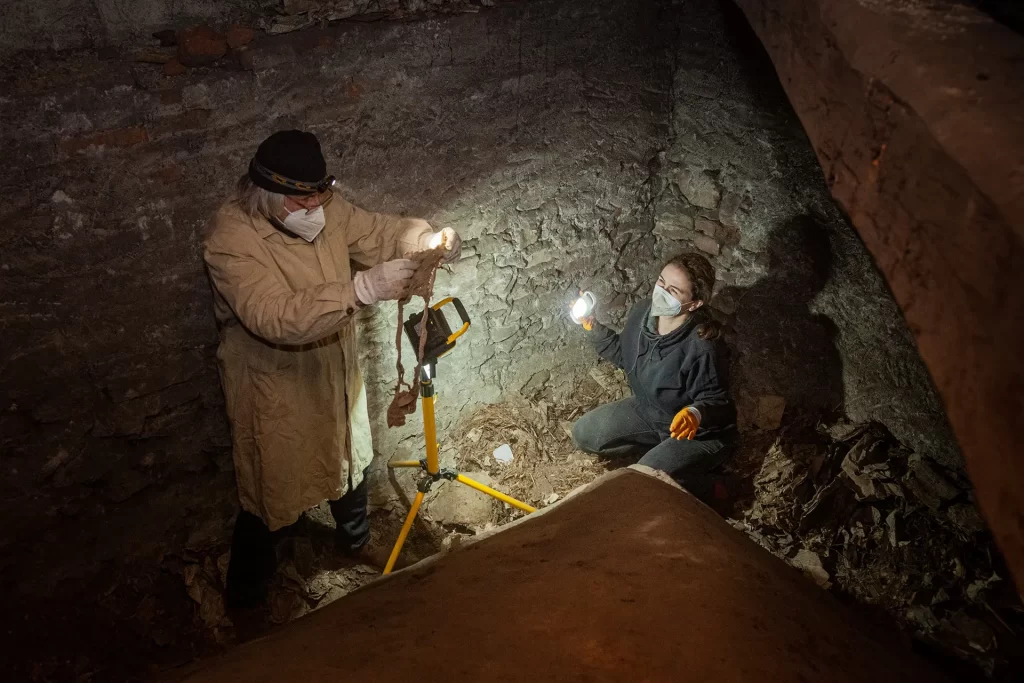
The Jewish Museum in Prague is an interest group of legal entities. Its founders are the Czech Ministry of Culture and the Federation of Jewish Communities in the Czech Republic. The museum director is its statutory body. The museum’s collection is listed in the Central Register of Collections (pursuant to Act No. 122/2000 on the Protection of Museum Collections as subsequently amended) and is the property of the interest group of legal entities. The museum’s main activities involve developing, supplementing, managing and presenting its collections, and developing, supplementing and managing its library and archival holdings, as well as cultural activities and other events relating to Judaism, the Jews and their history in Bohemia and Moravia.
The Jewish Museum in Prague is the owner of an internationally unique collection of material documenting the Jewish presence in the Czech lands. In order to expand this collection, the museum conducts, among other things, field research throughout the Czech Republic with focus on local genizah finds. The museum seeks to examine, extract, conserve/restore, process (catalogue and digitize), and exhibit these extremely valuable objects that document the everyday life of former Jewish communities in Bohemia and Moravia.
For more, see www.jewishmuseum.cz
Professional management of genizah finds, Jewish Museum in Prague
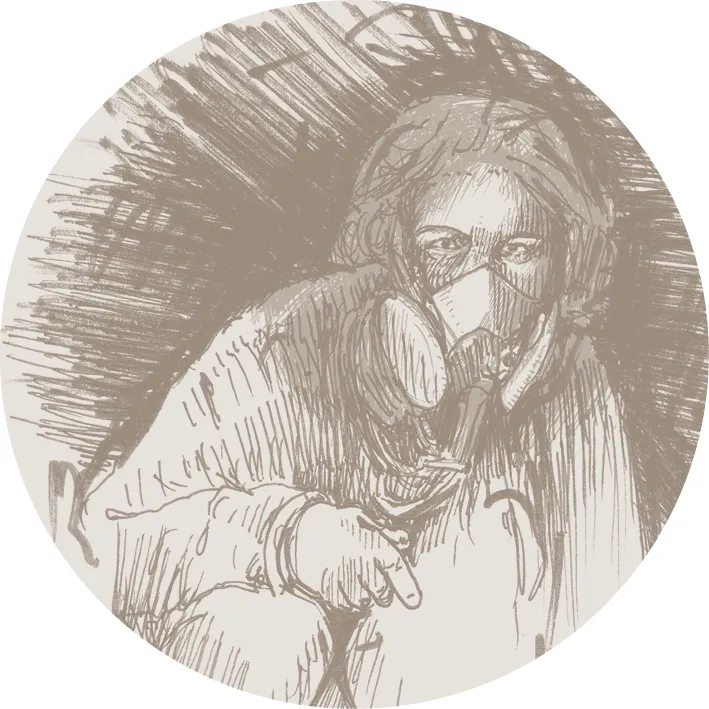
Project manager, Jewish Museum in Prague
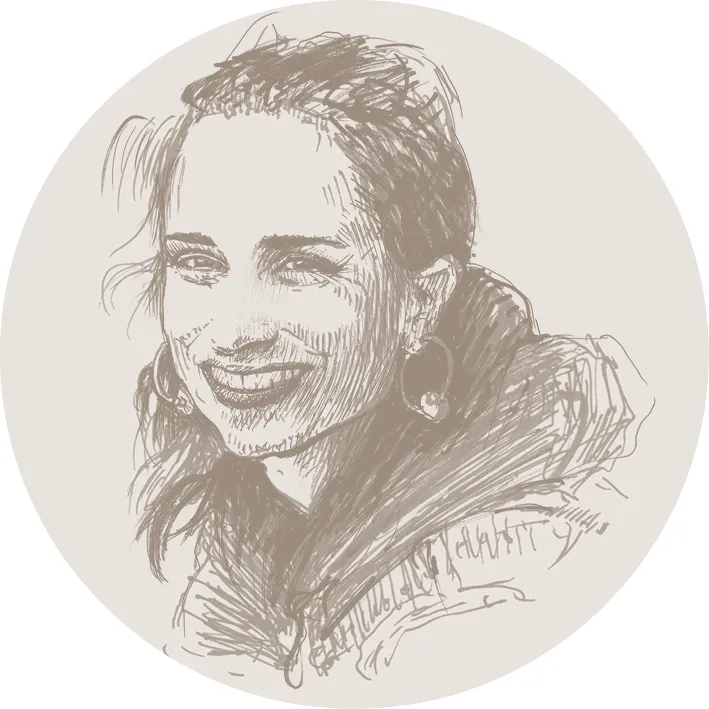
Co-ordinator of the paper conservation-restoration studio; paper conservator-restorer, Jewish Museum in Prague
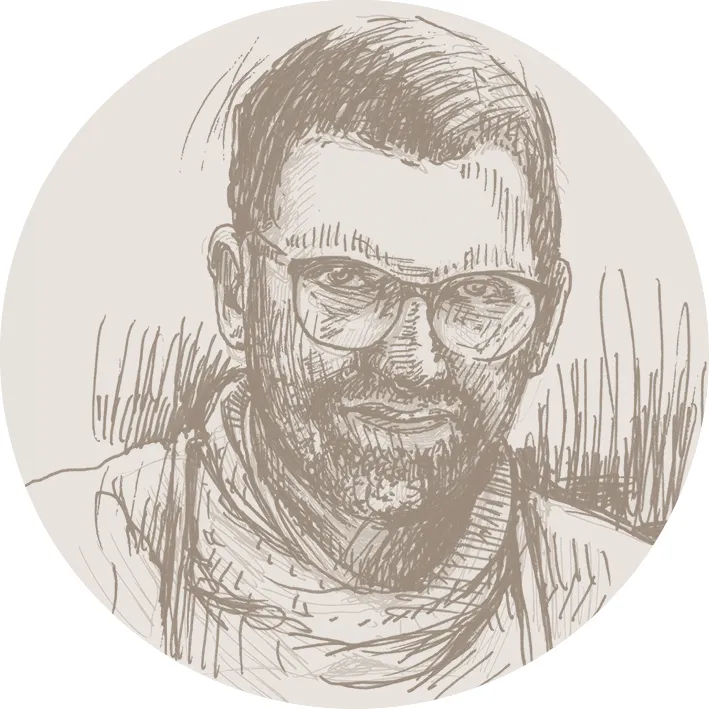
Paper conservator-restorer, Jewish Museum in Prague

Paper conservator-restorer, Jewish Museum in Prague
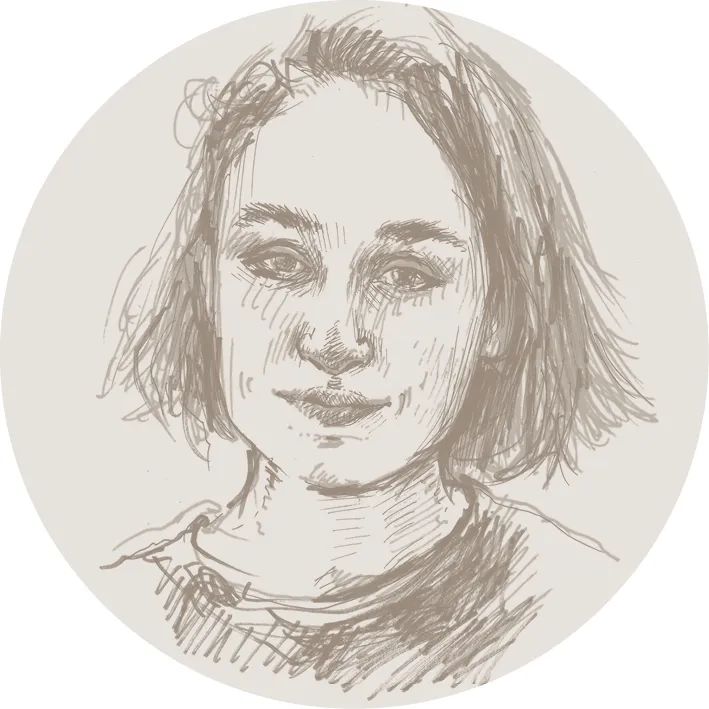
Co-ordinator of the textile conservation-restoration studio; textile conservator-restorer, Jewish Museum in Prague

Curator of metals and three-dimensional objects, Jewish Museum in Prague
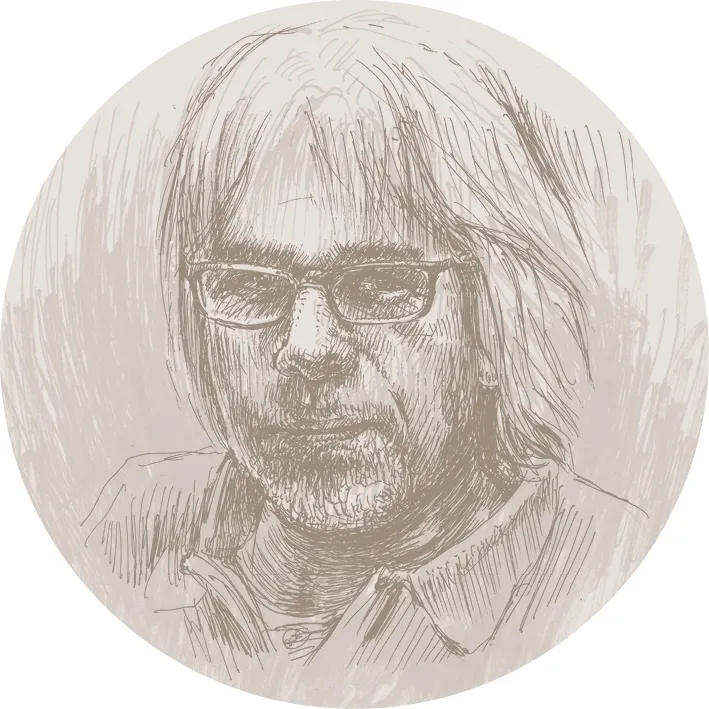
Co-ordinator of the metal conservation-restoration studio; metal conservator-restorer, Jewish Museum in Prague

Dana Veselská – financial manager of the project

Graphic design for the project

Architectural design of the exhibitions
